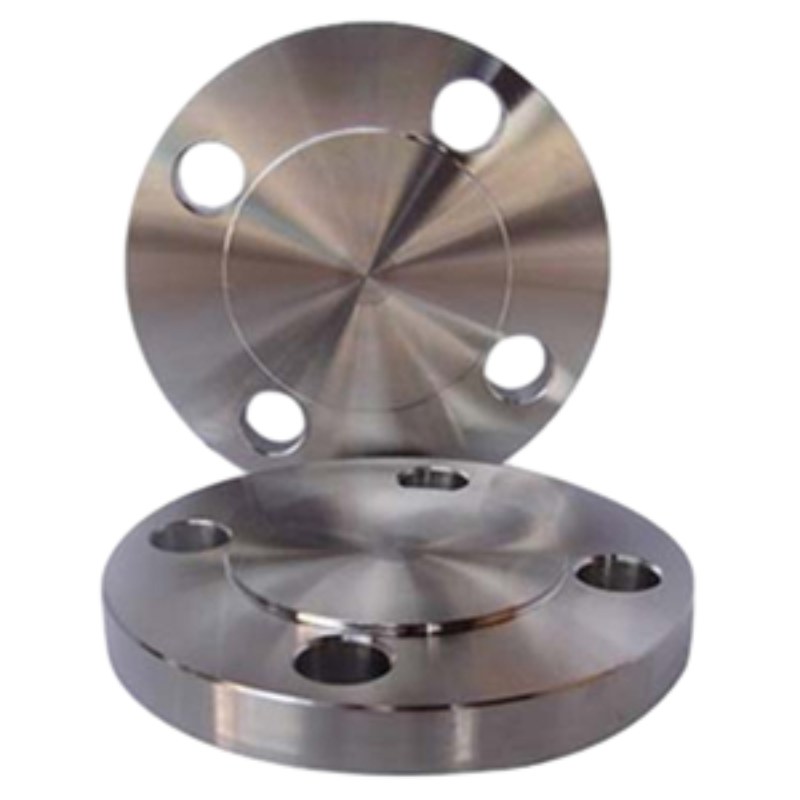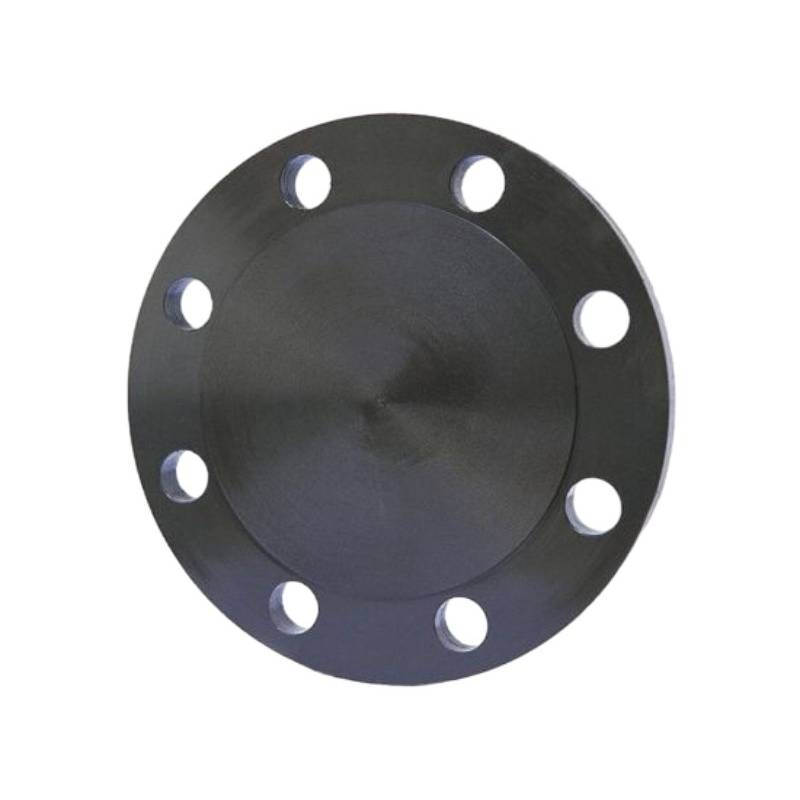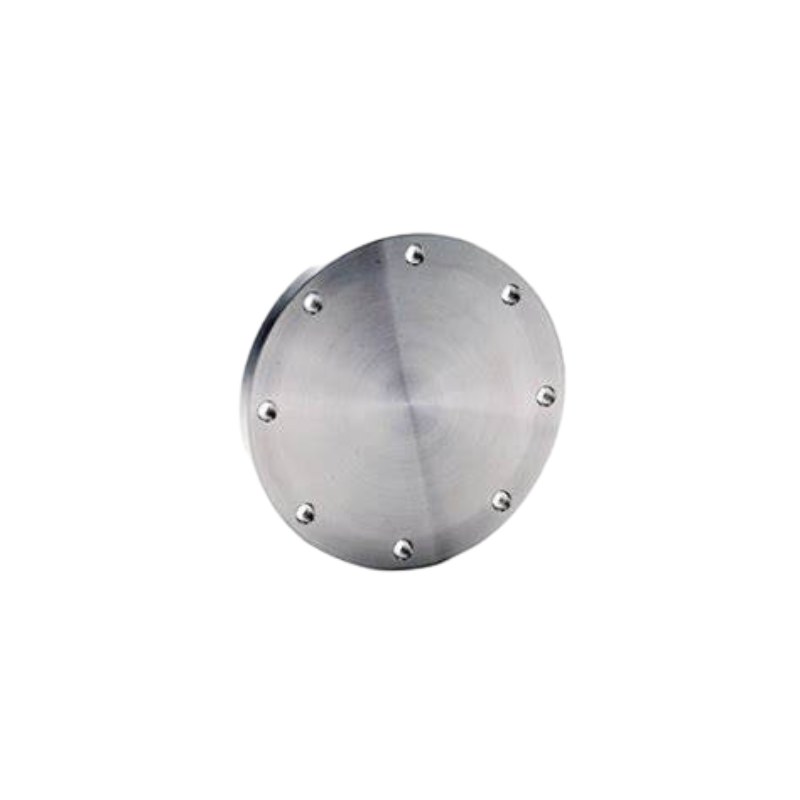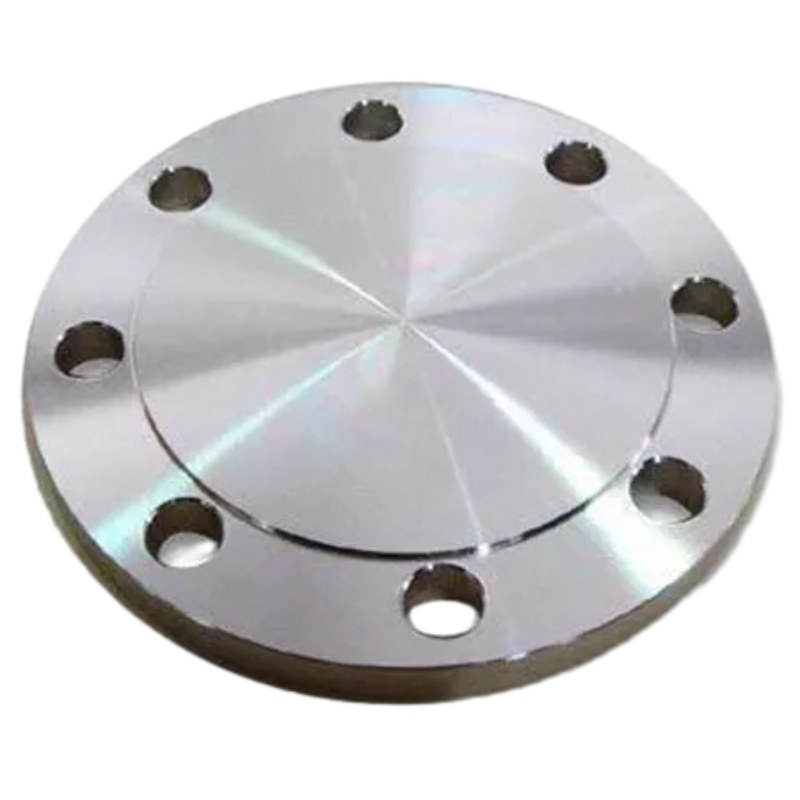-
Robuust ontwerp: De GOST 12836-67 blindflens heeft een platte, ronde plaat met gelijkmatig verdeelde boutgaten rond de omtrek. Dit ontwerp maakt eenvoudige uitlijning en bevestiging met bouten aan de bijpassende flens mogelijk, waardoor een robuuste en stabiele sluitingsoplossing voor leidingsystemen wordt geboden.
-
Veilige afdichting: Wanneer geïnstalleerd aan het uiteinde van een buis, zorgt het platte oppervlak van de GOST 12836-67 blinde flens voor een goede afdichting, waardoor vloeistoflekkage wordt voorkomen en de integriteit van het leidingsysteem behouden blijft. Dit veilige afdichtingsvermogen zorgt voor optimale prestaties en veiligheid, zelfs onder extreme bedrijfsomstandigheden.
-
Veelzijdige toepassing: Van olie- en gasraffinaderijen tot chemische verwerkingsfabrieken en waterdistributienetwerken, GOST 12836-67 blinde flenzen vinden veelzijdige toepassing in diverse industrieën. Of ze nu worden gebruikt voor isolatiedoeleinden, druktesten of tijdelijke sluitingen, deze flenzen bieden betrouwbaarheid en duurzaamheid in kritische leidingsystemen.
-
Duurzame constructie: GOST 12836-67 Blindflenzen zijn gemaakt van hoogwaardige materialen zoals koolstofstaal, roestvrij staal of gelegeerd staal en vertonen uitzonderlijke sterkte en duurzaamheid. Ze zijn ontworpen om zware bedrijfsomstandigheden te weerstaan, waaronder corrosieve omgevingen, hoge temperaturen en intense druk, waardoor prestaties en betrouwbaarheid op de lange termijn worden gegarandeerd.
-
Fijnmechanica: GOST 12836-67 Blindflenzen ondergaan precisiebewerkings- en engineeringprocessen om te voldoen aan strikte maattoleranties en vereisten voor oppervlakteafwerking. Deze precisie zorgt voor compatibiliteit en uitwisselbaarheid met andere standaardflenzen, waardoor een naadloze integratie in leidingsystemen wordt vergemakkelijkt en het risico op lekken of storingen wordt geminimaliseerd.
-
Gemakkelijk te installeren: Het installeren van GOST 12836-67 blinde flenzen is efficiënt en eenvoudig, en vereist eenvoudige uitlijning en bouten aan het buisuiteinde. Hun gestandaardiseerde afmetingen en ontwerp maken een eenvoudige integratie in bestaande leidingnetwerken mogelijk, waardoor de installatietijd en arbeidskosten worden geminimaliseerd.
Belangrijkste kenmerken:
- Robuust ontwerp voor veilige sluiting
- Veilige afdichting met vlak ontwerp
- Veelzijdige toepassing in alle sectoren
- Duurzame constructie voor langdurige prestaties
- Precisietechniek voor nauwe toleranties
- Eenvoudige installatie door eenvoudige uitlijning en montage met bouten
Material Selection for GOST 12836-67 Blind Flanges: What You Need to Know
When it comes to GOST 12836-67 blind flanges, selecting the appropriate material is crucial for ensuring functionality, safety, and longevity in various applications. GOST standards, established by the Euro-Asian Council for Standardization, Metrology and Certification, guide the specification of materials to maintain the integrity of piping systems.
Key Considerations for Material Selection:
1. Corrosion Resistance: One of the primary factors in choosing a material for GOST blind flanges is its ability to resist corrosion. Stainless steel (such as 304, and 316) is a popular choice due to its excellent resistance to oxidizing environments. For applications involving aggressive chemicals, alloys like Inconel or Monel are often considered.
2. Pressure and Temperature Rating: GOST blind flanges need to be rated for the specific pressure and temperature conditions they will face. Material selection must align with the service conditions to avoid failure. For high-pressure applications, carbon steel flanges can be suitable, provided they are properly treated or coated.
3. Weldability and Machinability: Depending on installation requirements, the selected material should offer appropriate weldability and machinability. If modifications or on-site fabrication are necessary, choosing materials that can be easily welded is essential.
4. Standards Compliance: Ensure that the materials selected comply with all relevant GOST standards. This not only guarantees quality but also maintains compatibility within the piping system.
5. Cost-effectiveness: While material selection should prioritize performance and safety, cost considerations also play a significant role, especially in large-scale projects. Finding a balance between budget and quality is essential.
Differences Between GOST 12836-67 Blind Flange and Other Flange Standards
When comparing the GOST 12836-67 blind flange with other flange standards, several key differences emerge that reflect the unique characteristics and applications of the Russian standard. The GOST (Gosudarstvennyy Standart) system is a set of regulations and guidelines that govern various industrial products, including blind flanges, which are used to seal off piping systems.
One of the primary differences lies in the dimension and pressure rating classifications. GOST 12836-67 blind flanges are specifically designed according to Russian specifications, with dimensions that may differ significantly from those outlined in ANSI, ASME, or ISO standards. For instance, while ANSI/ASME flanges are typically categorized into nominal pipe sizes (NPS) and pressure classes, GOST flanges feature a unique set of sizes and pressure ratings, making it essential for engineers to select the appropriate type based on regional standards.
Another notable difference is the material composition. The GOST standard emphasizes the use of specific materials that are suited for the harsh Russian climate and industrial requirements. While common materials such as carbon steel and stainless steel are also used in other standards, GOST may specify additional material grades to accommodate unique environmental challenges, including extreme temperatures and corrosive conditions.
Additionally, the manufacturing and testing processes for GOST 12836-67 blind flanges are subject to local industry regulations, which might include stricter quality assurance protocols compared to other international standards. This ensures that the flanges not only meet dimensional specifications but also effectively withstand the pressures and temperatures expected in typical applications within Russia.
In summary, while GOST 12836-67 blind flanges share similarities with other flange standards, their unique dimensions, material requirements, and quality assurance processes set them apart. Understanding these differences is crucial for engineers and designers when selecting flanges for specific applications in diverse geographical locations.


















